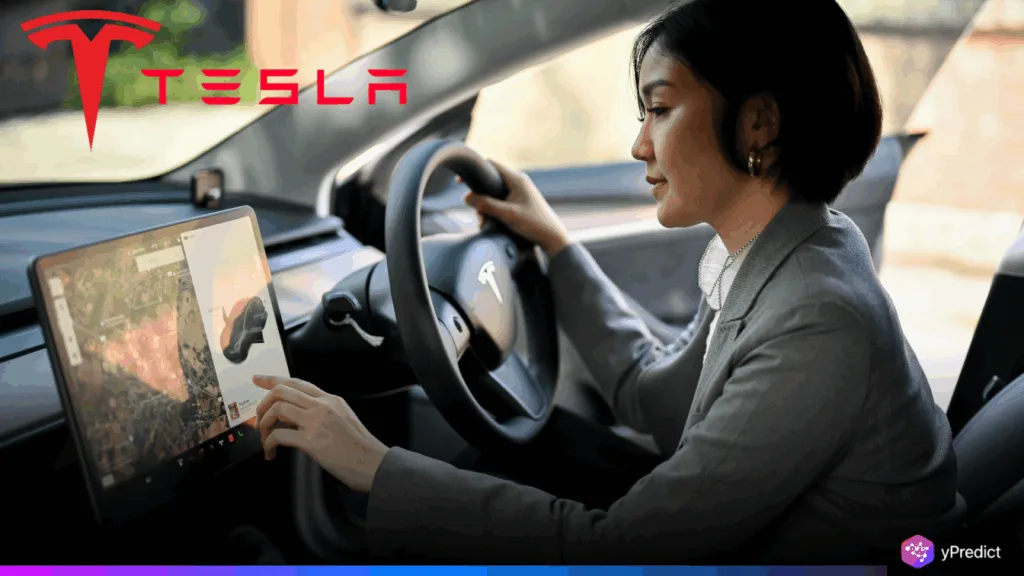
Tesla has just introduced a ride-hire service in the Bay Area of California. But it is not driverless, as has been speculated, but it might be soon. Human drivers provide the existing service and are currently available only to Tesla employees. It is intrinsically linked to the long-term vision of Tesla’s autonomous transport that is based on artificial intelligence, though. Central to that vision is the Full Self-Driving (FSD) software provided by the company. That relies on highly advanced neural networks that are trained on large sets of data.
Current Tesla Service Uses Human Drivers, Not Autonomous AI Yet
Tesla ride-hailing starts operating on July 31, 2025, and links San Francisco and San Jose. But it is operational in staff hands only and is driven by human beings with a Transportation Charter-Party (TCP) license. Issued by the California Public Utilities Commission (CPUC). This license does not include the possibility of driving an autonomous vehicle. This proves that Tesla’s idea of the robotaxi is not operational at the moment. Though other initial coverage of the media stated that the program was a robotaxi service. No such permits are registered in official CPUC documents. Tesla has not been provided with the permits to run driverless rides.
Nonetheless, the project fits the autonomous agenda of Tesla. It allows the company to gather practical information. Streamline the processes, and train the users to adapt to the future use of AI. In the past, Tesla CEO Elon Musk gave ambitious deadlines. Advertising his unsupervised FSD before the end of the second quarter of 2025, which has not yet been achieved. This service is human-staffed at the time, but can likely be leveraged as a real-world testbed to fine-tune time duration in urban and suburban environments. Differentiating the degree of autonomy between the human-operated rides and completely autonomous ones.
AI-Powered Full Self-Driving Tech Still Central to Tesla’s Vision
Full Self-Driving (FSD) is at the core of the Tesla ride-hailing mission, and it is based on learning substantial amounts of driving data and powerful machine intelligence models. Tesla’s FSD development involves 48 neural networks that have been trained on over 70,000 GPU hours, which is a strong indicator of the firm being heavily invested in AI so that it can achieve true autonomy. This system is used to perform activities such as navigation, changing lanes, and avoiding obstacles based on end-to-end machine learning models, which model human thinking.
Nevertheless, not every path towards autonomy is an easy one. Regulation is still a real obstacle, and the company has not received an autonomous commercial services license in California yet. It has taken other companies years to transition their pilot programs to full driverless operation: Waymo and Cruise, to name but a couple. Nonetheless, the fact that Tesla continues to invest in AI supports the idea that the company does not disregard autonomy as one of its central goals.
Tesla’s Ride-Hailing Launch Marks a Strategic Step Toward Autonomy
Tesla does not have its fleet at the moment, but it is starting a ride-hailing business in the Bay Area. It is essentially trying to step closer to its enterprise of AI-related ambitions. Acts along with the limits of the regulatory framework, providing the company with the opportunity to gather data on the operation of the company and refine its form of service. It also creates internal infrastructure and customer experience in case of the possible launch of a robotaxi when the legal and technological barriers are eliminated.






